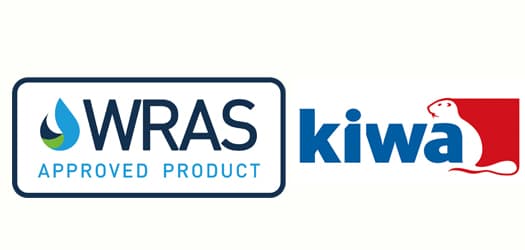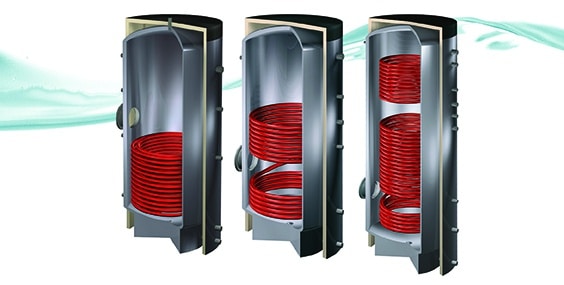Commercial Hot Water – Sizing Matters
24/7 domestic hot water (DHW) supply is, without a doubt, a business-critical service for many commercial projects. Unfortunately, oversizing of these commercial hot water systems is a surprisingly common occurrence, leading to higher capital costs, demands for more space, more complex system builds, longer installs, and higher fuel bills for the life of the system. … Read more





















